It was the summer of 2015. I stood in my kitchen during a break from demolition and couldn't stop the tears.
The sadness made no sense. This renovation was long overdue—replacing mismatched appliances and oversized cabinets with a space designed perfectly for us.
But this wasn't just any kitchen.
This was my childhood kitchen. Where I learned to cook alongside my parents. Where "made with love" wasn't just a saying, but our family's way of life.
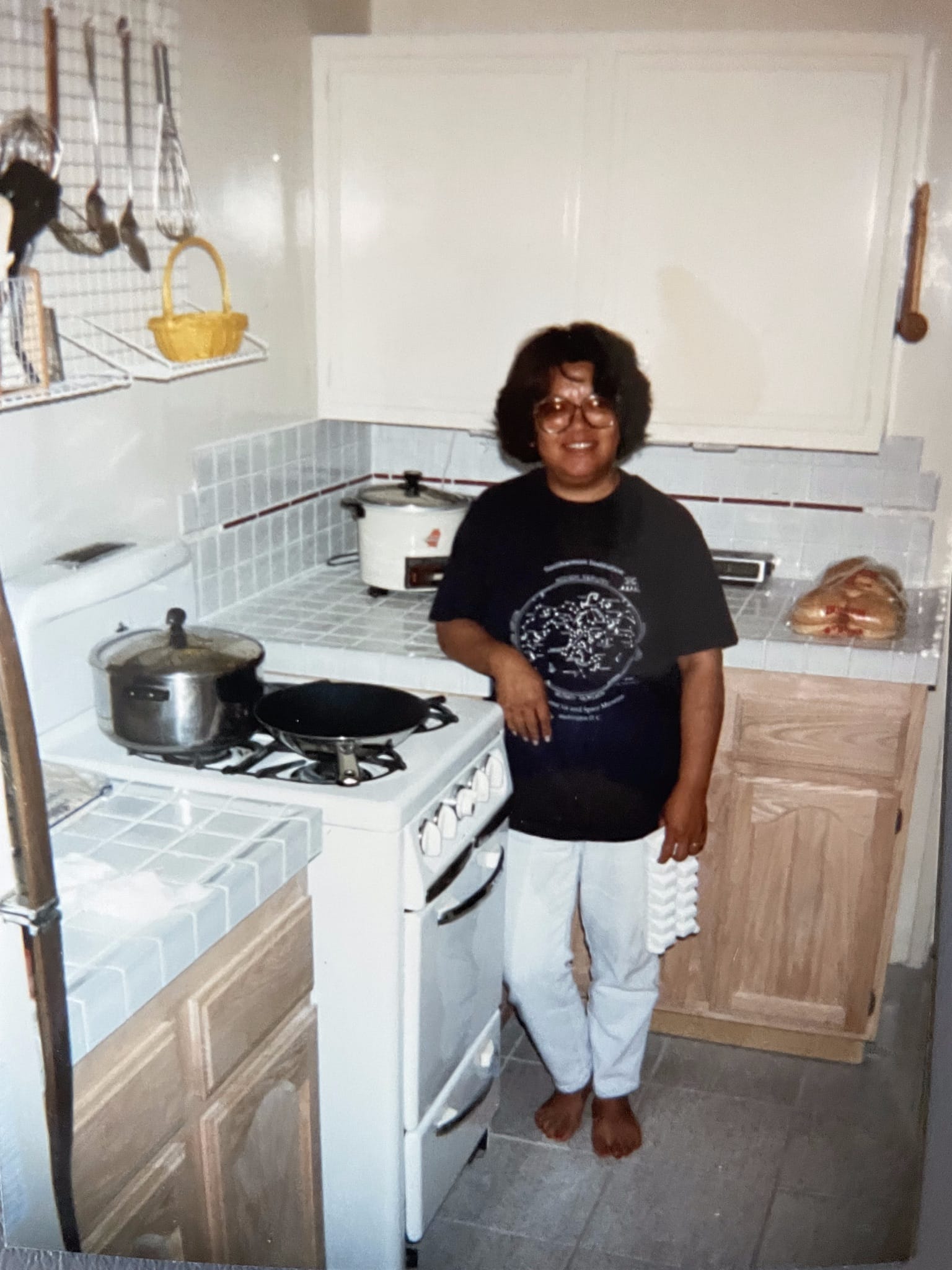
After both of my parents died within 14 months of each other, those kitchen memories became sacred. With every swing of the sledgehammer, I felt like we were destroying physical connections to them.
Mid-afternoon, something shifted.
I realized my parents had spent decades bumping into each other in a space that was never designed for them—standard cabinets meant for much larger kitchens crammed into our small space.
They blamed their collisions on each other rather than the flawed layout.
I wonder how many fights a properly designed kitchen would have prevented.
And while they may have recognized it, they didn’t take action.
The Invisible Tax of Standardization
We accept off-the-shelf solutions because they're accessible.
Familiar.
What everyone else uses.
But standardization extracts a silent tax, with interest penalties:
→ Minutes lost daily navigating around poor design
→ Mental energy wasted on unnecessary friction
→ Opportunities missed while managing workarounds
My parents didn't just lose cabinet space—they lost thousands of small moments of peace over decades.
Custom Solutions: An Investment, Not a Luxury
Somewhere along the way, we learned that “Custom” is a Luxury… and while that’s true, what’s also true is that it’s an investment.
In our small space, investing in custom cabinetry designed specifically for our cooking style delivers exponential value. Every inch optimized rather than generically allocated.
The most successful professionals I know apply this same principle. They don't use standardized approaches—they build systems specifically optimized for their unique strengths and challenges.
I use the phrase "destroy to create" in my coaching—it's about dismantling what's not working, or not working well, to build something better.
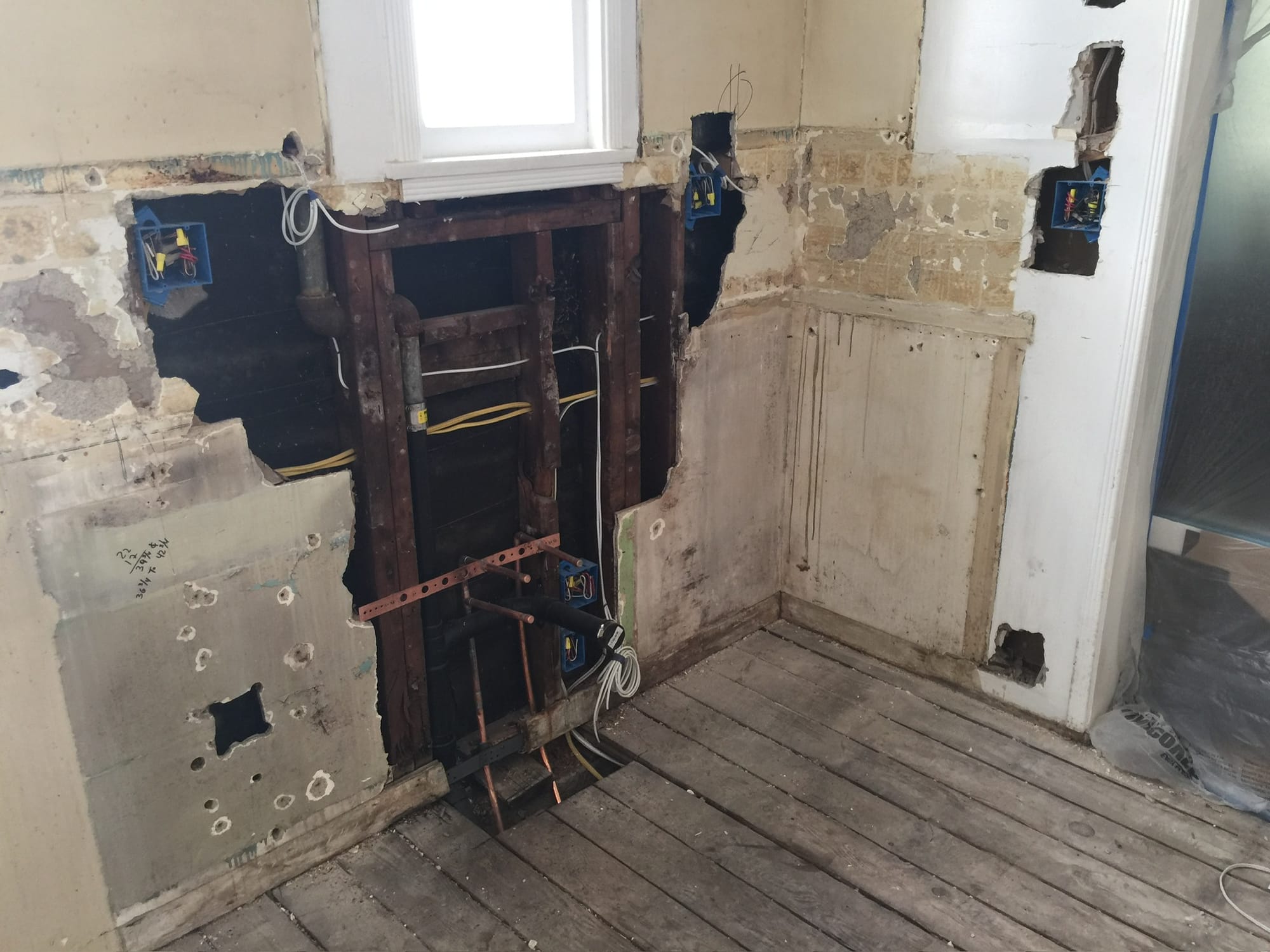
The kitchen technically functioned. The appliances ran. Food got cooked.
But "functioning" and "thriving" are worlds apart.
By authorizing the demolition of this memory-filled room, I created space for something new that honors the past while serving our present and future perfectly.
I finally saw what could be, instead of what once was.
Sometimes a bespoke approach isn't just nice to have – it's the difference between friction and flow.
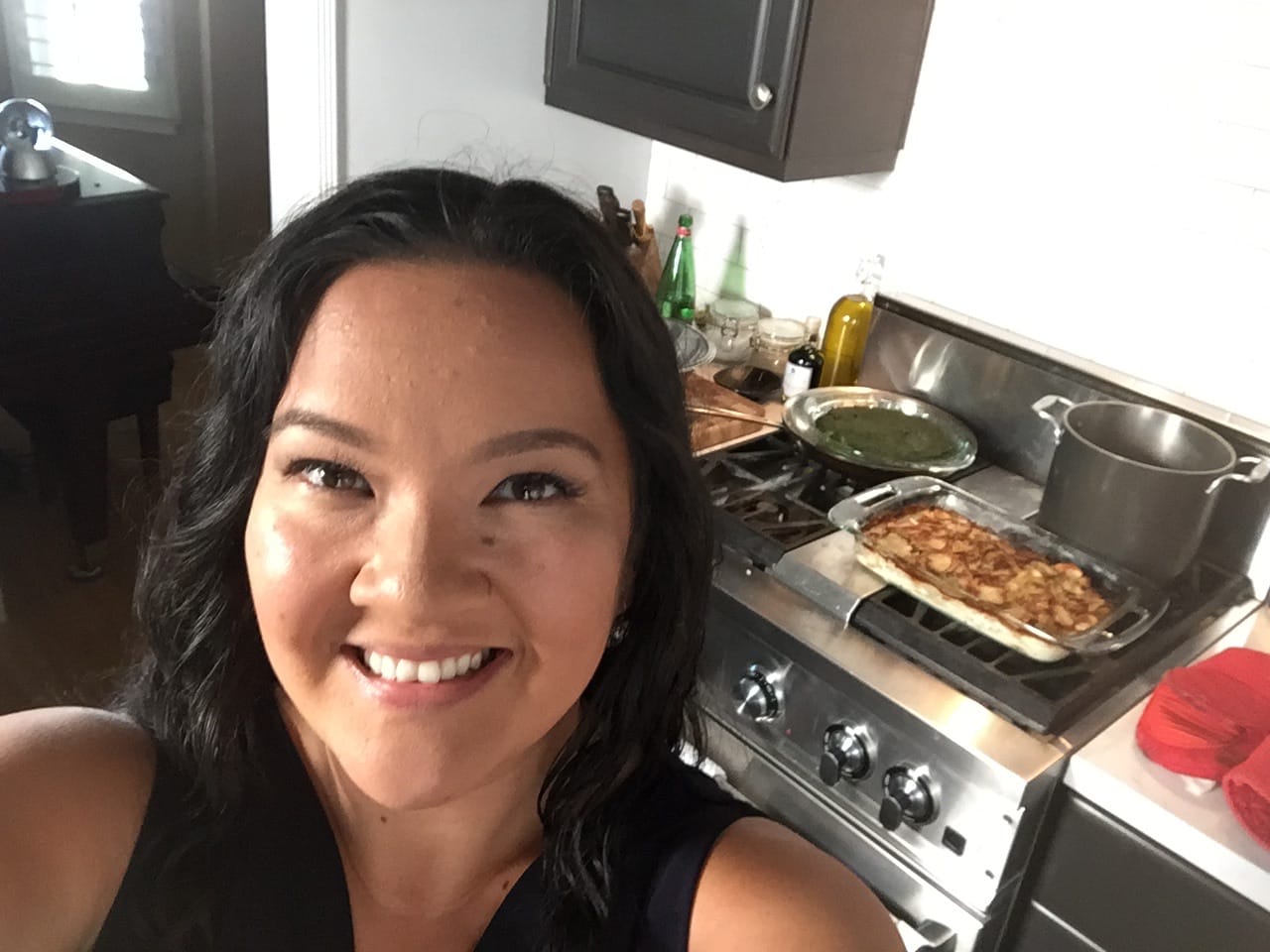
From "Good Enough" to Customized Excellence
Take a moment and ask yourself: → What systems in your work or life are you accepting because they technically "function"?
→ What are you reluctant to "demolish" that's actually holding you back?
1. Where are you experiencing daily friction that you've normalized?
2. What "standard solutions" are you using simply because everyone else does?
3. If you waved a magic wand and designed a custom approach from scratch, what would it look like?
Sometimes the most expensive decision you can make is continuing to accept "good enough."
Small changes, Big Impact
Not every change needs to be an overhaul.
Maybe you don’t need a new kitchen, maybe you just need to replace the ancient paper towel dispenser that frustrates you twice a week when you try to rip a paper towel and it clatters to the ground, unrolling in the process.Maybe instead of burning your business to the ground, you should try boosting productivity by aligning tasks with the right personality.
What other old habits are holding you back?Want a daily dose of micro changes and inspiration for creating better (custom) systems? Follow me on Instagram and LinkedIn. Ready for something bigger?
Whether you’re interested in a workshop or have something different in mind, I’d love to connect. Send me a DM and let’s talk.
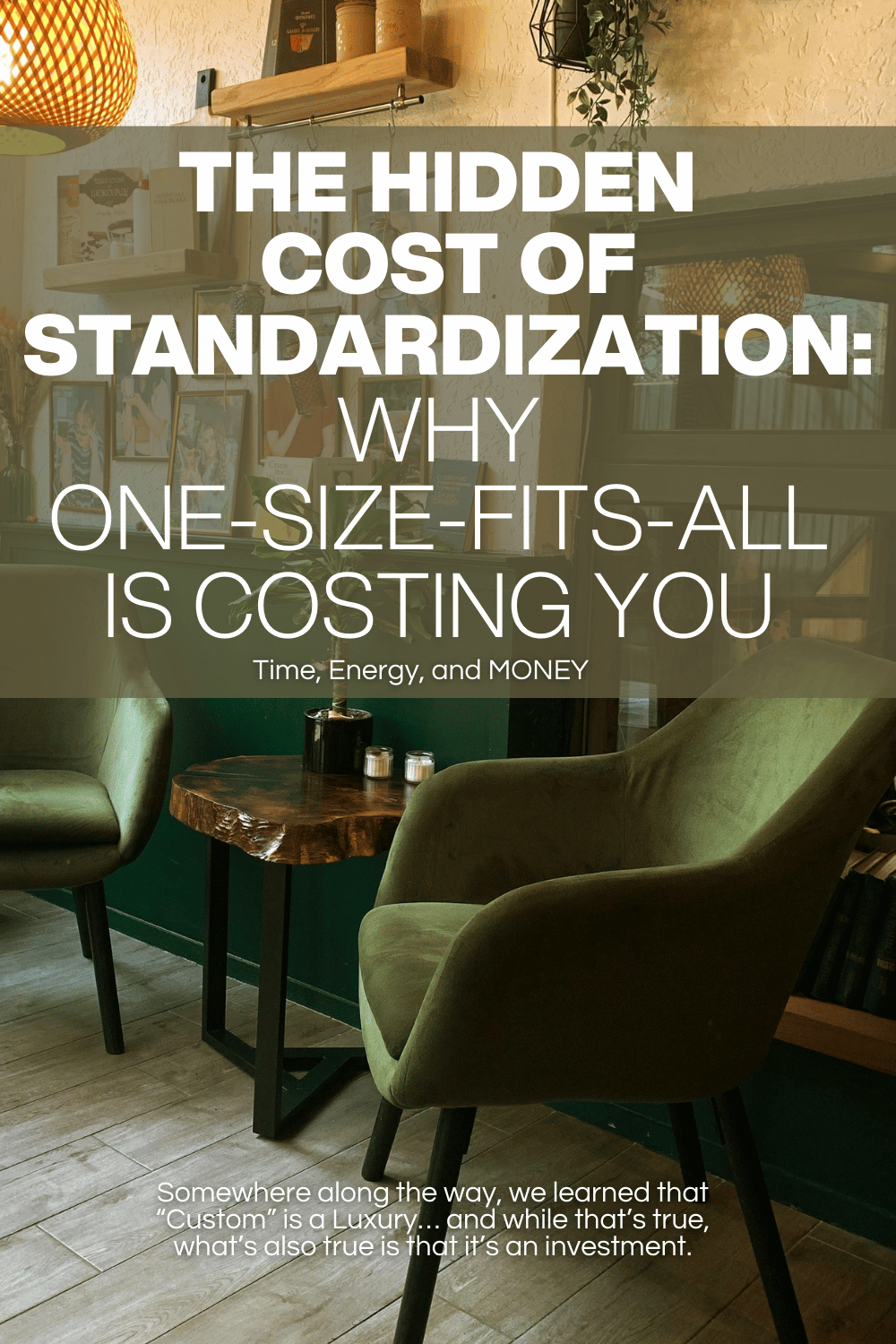


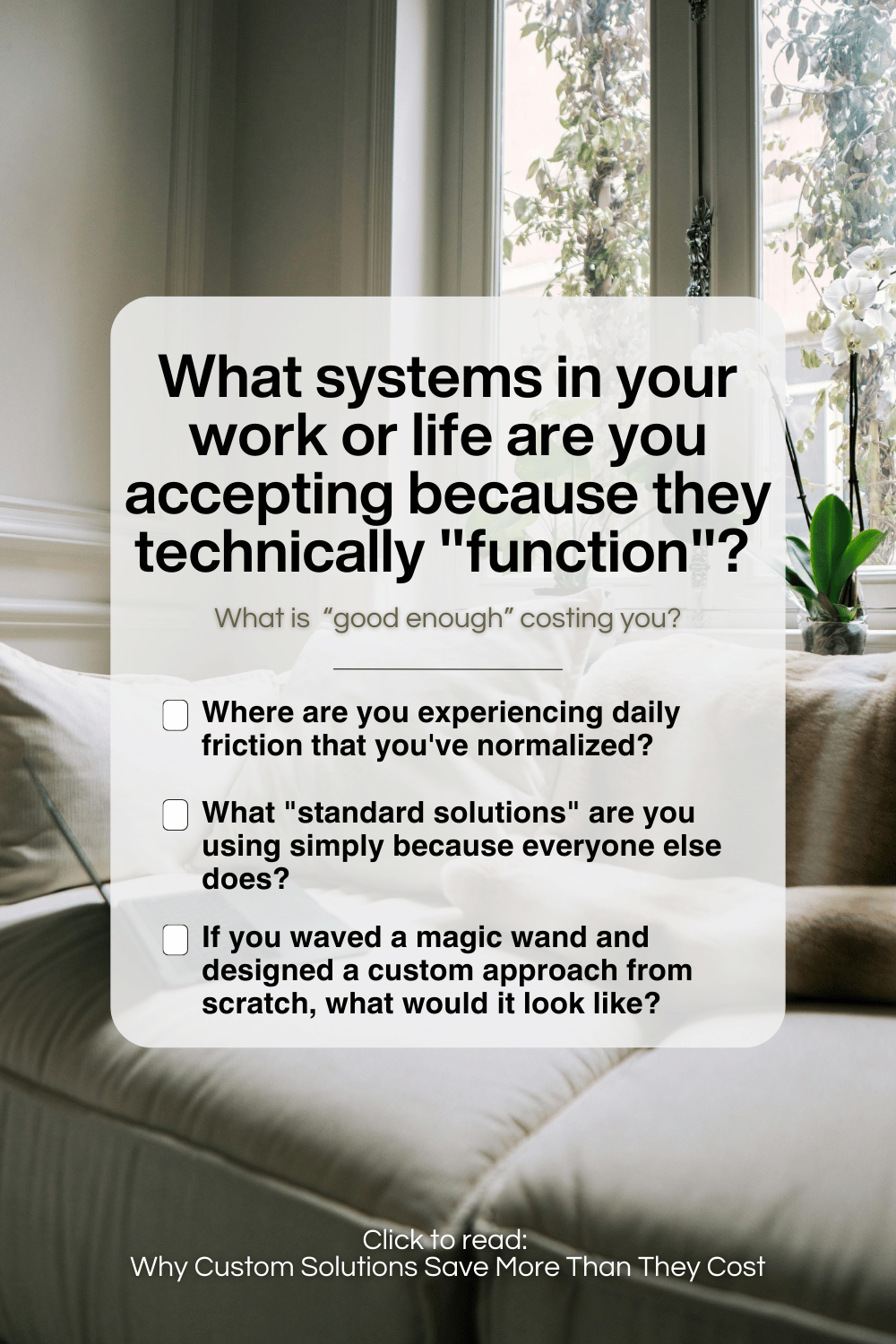
Member discussion